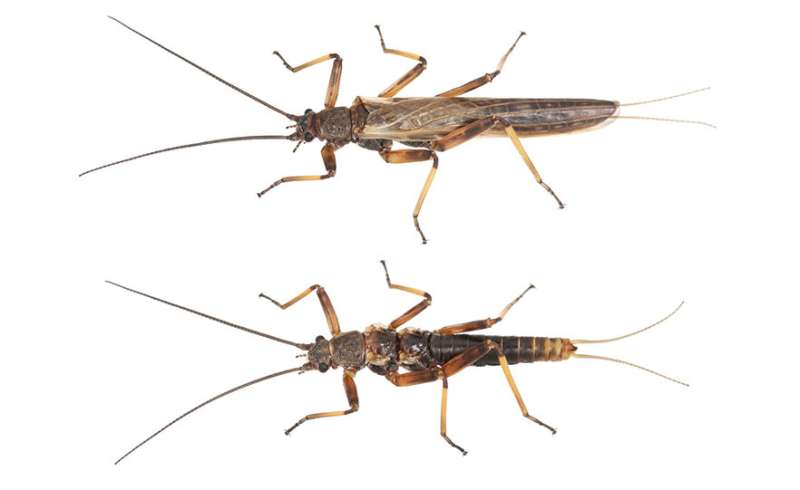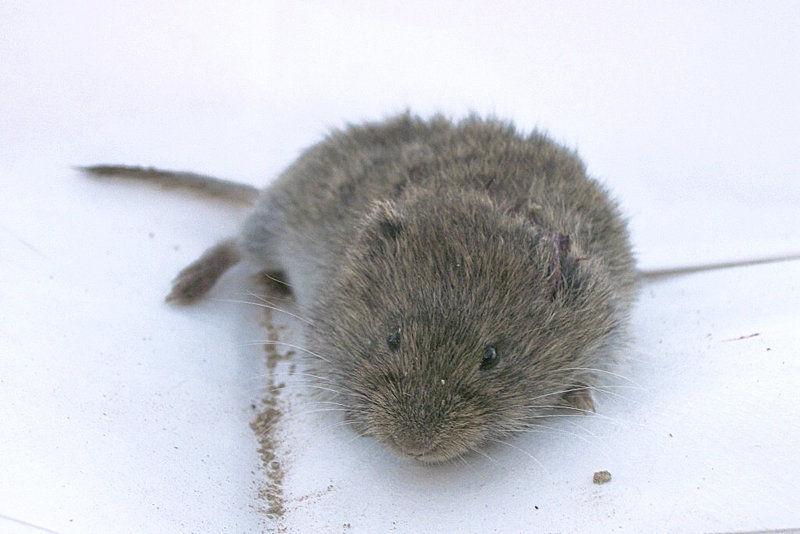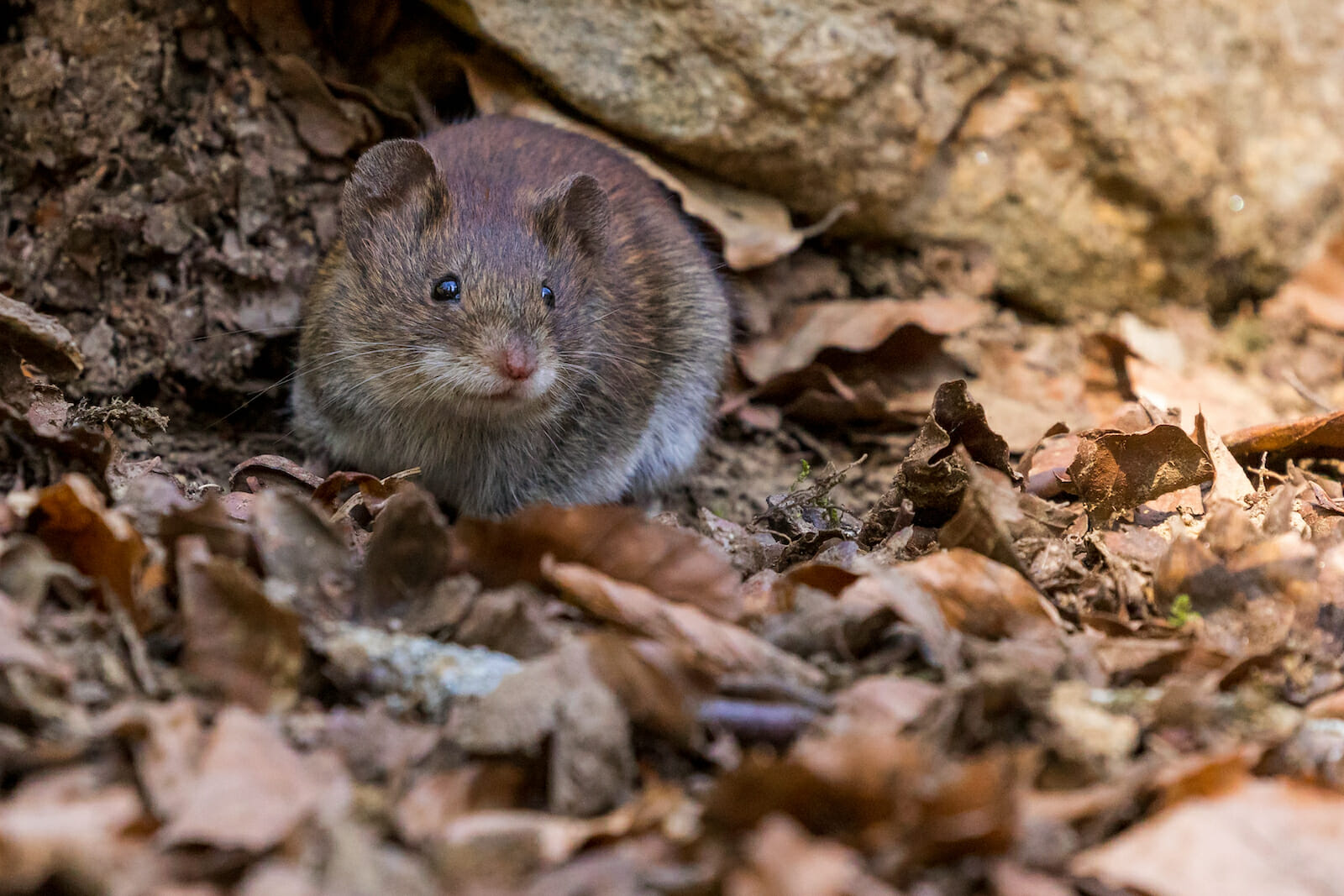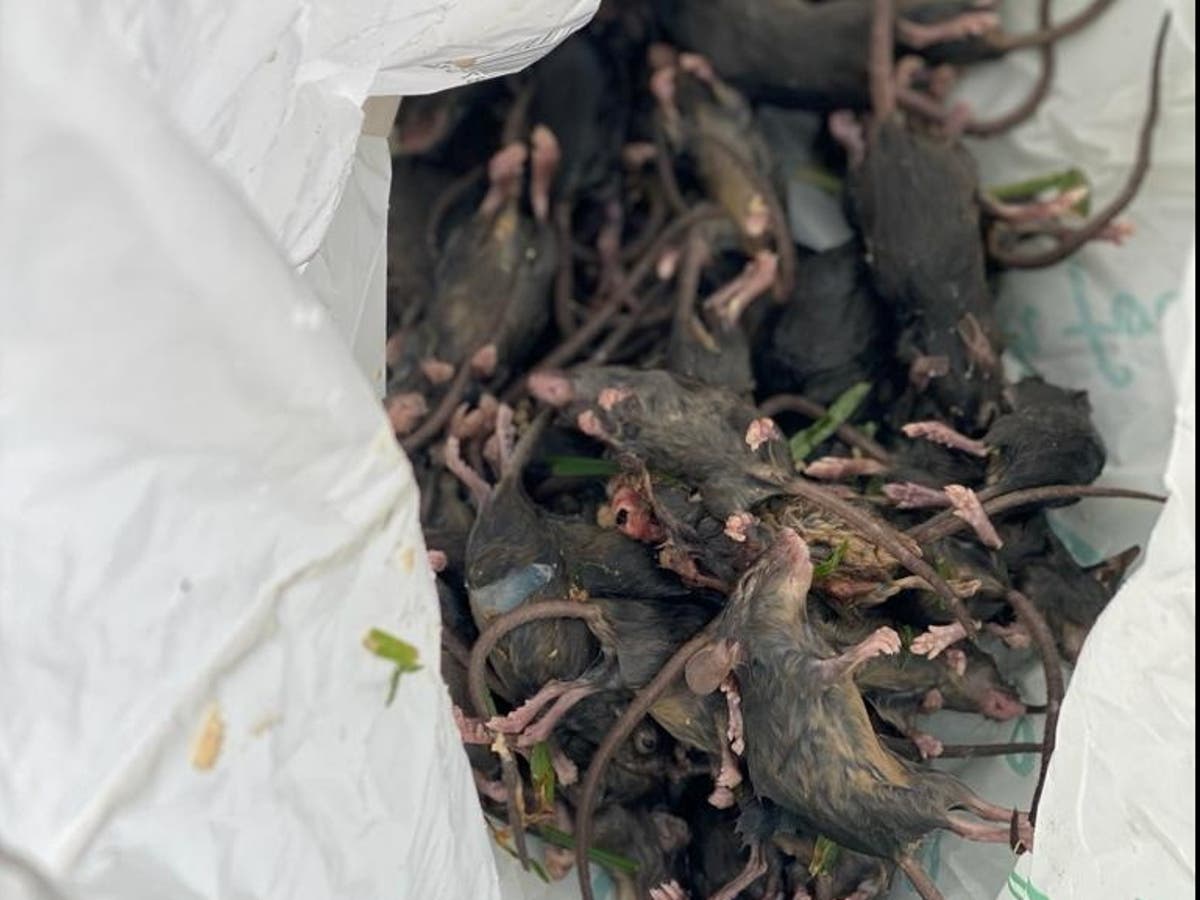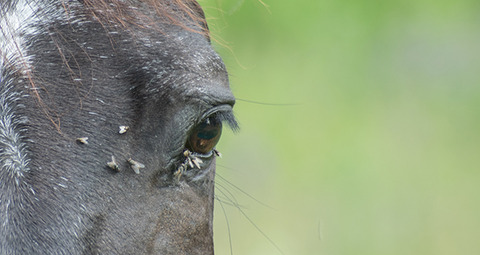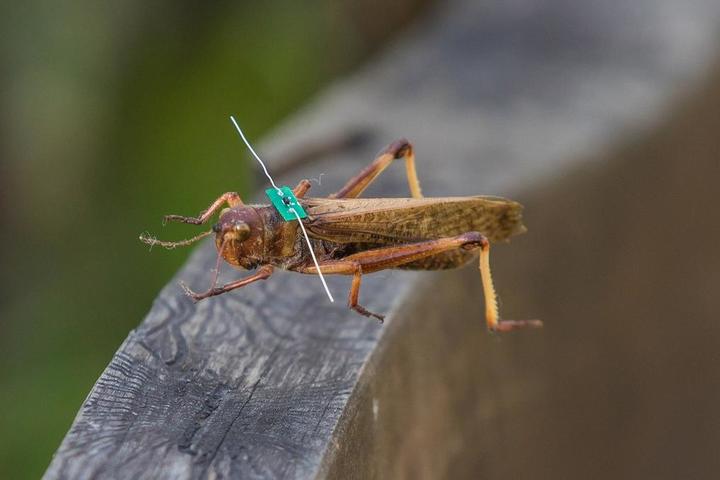Stoneflies. Photo credit: Brodie Foster
A study by the University of Otago has found new evidence of rapid evolution in New Zealand’s native insect species in response to increasing wind exposure from loss of protection from deforestation.
The study, conducted by researchers from the Department of Zoology, found strong links between recent deforestation and wing loss in insect populations in several locations in southern New Zealand.
The research, led by Ph.D. Student Brodie Foster and published in Biology Letters, used comparisons of insect populations around the alpine “tree line” in both forested and cleared areas and found that recent forest loss has increased the spread of flightless insects that were previously confined to alpine grassland ecosystems.
“Over a short period of just a few hundred years, the study found that many previously winged populations evolved to be unable to fly,” says Foster.
The Otago team focused on the endemic Zelandoperla stonefly species, which often has flightless populations in mountainous areas but typically flightless populations in lower forest areas.
The researchers also found wingless populations at much lower elevations in recently deforested areas. Genetic analysis showed little difference between winged and flightless populations in these deforested areas, which confirms that the loss of flight has developed very quickly.
The study co-author, Dr. Graham McCulloch, who led the genetic analysis, says native insect species are increasingly vulnerable to exposure due to the loss of forest cover and have developed loss of flight as a strategy to cope with these windy conditions.
Human expansion has drastically shifted the balance of many ecosystems around the world, and how wild populations continue to adapt and develop to sudden changes such as deforestation remains largely unknown.
Traditionally, evolutionary biologists think of changes that span many millennia, while this study found that significant changes occur over centuries.
Dr. McCulloch points out, however, that while this study demonstrated the ability of these populations to adapt quickly to environmental changes, it also highlighted the increased vulnerability of these insects to local extinction as they become more isolated.
“While most of our flying insect species appear relatively safe, isolated flightless populations are potentially more vulnerable, as are our native birds.”
The recent discovery of another flightless insect population, the Maungatua stonefly, in a very restricted area near Dunedin is an example of an endangered wild population.
Dr. McCulloch says it’s important to conserve these unique, limited-range insects.
New species of insects discovered on the slopes of the Maungatua Range
More information:
Brodie J. Foster et al., Anthropogenic Evolution in Insect Wing Polymorphism After Widespread Deforestation, Biology Letters (2021). DOI: 10.1098 / rsbl.2021.0069 Provided by University of Otago
citation: Deforestation causes New Zealand insects to fly (2021, August 12), accessed August 12, 2021 from https://phys.org/news/2021-08-deforestation-flight-loss-zealand-insects.html
This document is subject to copyright. Except for fair trade for private study or research purposes, no part may be reproduced without written permission. The content is provided for informational purposes only.

